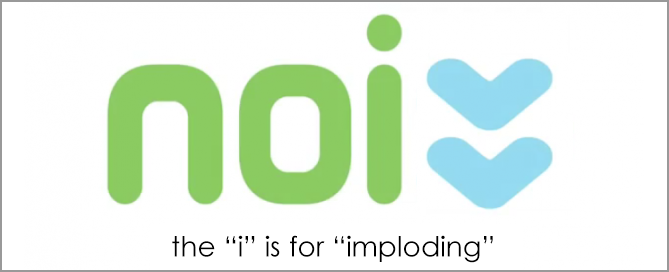Having worked in digital advocacy for over a decade now, this election was of particular interest because of the growing role of digital within the campaign. Through the lens of someone who believes that campaigns need to make more use of digital strategies — like web, email, social media, and online advertising — to be competitive, I studied the results closely, and have talked with digital and traditional operatives close to both presidential campaigns.
For too long the digital team was a sideshow, a second tier unit when compared to the political, communications, and finance operations. But following this election, we see digital becoming the main event. So naturally, I would like to chalk up President Obama’s victory to the use of a great digital strategy. I would like to point to their email segmentation and content. I would like to talk about the ways they optimized for Facebook’s EdgeRank and how that impacted voters’ opinions.
But if I stopped there, I would be wrong.
Both campaigns made terrific use of digital strategies. They both implemented robust websites with rich interactivity and mobile-optimized versions. Both used their email lists extensively. Both used social media at unprecedented levels. And, I was glad to see, both campaigns invested real budgets to online advertising. Voters (like consumers) now spend much of their day online, but campaigns (like marketers) have been slow to adopt robust online ad budgets. This campaign changed that.
There’s been a lot of buzz following the election about how the campaigns used Big Data, and there’s no doubt this was another evolution driven by digital tools and strategies. But campaigns are no strangers to Big Data. Voter databases have been a critical campaign tool since the beginning of time, and new technology has only allowed them to hit the gas on previous data strategies. In fact, I would argue that the pursuit of the perfect campaign data resource has been the Holy Grail of politics for a long, long time.
All of these tools were put to use beyond what any campaign has ever done before. We can safely say that effective campaigns today must have a comprehensive digital strategy to win. This is not hyperbole. If either campaign had abandoned digital media, they would have surely lost and lost big. Thus, digital becomes a key strategic imperative for political operatives. Why do campaigns not buy newspaper ads? Because they don’t make a difference. Digital makes a difference, and campaigns moving forward must proceed with careful planning around the use of their website, email, social media, online advertising, and use of data.
So what was the difference? If you look closely, beyond the headlines, you’ll see that it was in fact not the presence of these tools and strategies that won the day, but their integration that lifted Obama over the top.
Over the past couple of cycles, we have seen campaigns integrate digital into their operations. Finance teams send fundraising emails, communications teams manage social media, and political teams rely on web-based databases of supporters. What we are talking about here is something entirely different.
What the Obama campaign did that was special was to put the use of analytics above everything else. They didn’t read the tea leaves, they read the spreadsheets. Everything from donor events to their impressive get out the vote operation was driven by the analysis of data. This marriage between digital and the rest of the campaign was the critical factor that gave them the discipline to pursue precisely the micro targeted audiences they needed to donate, volunteer, and vote. In other words, they did not add digital and data strategies to what they were already doing. They built all of their activities around digital and data strategies.
The president’s get out of the vote operation was driven by two successful pillars: an unprecedented database and an army of volunteers and field staff. The Big Data asset of the campaign was not enough, it was the political team, driven by the data, who put that database into action. It was the data scientists who crunched numbers. It was the finance team who organized events based on data profiles of likely supporters. Despite a number of indicators that the President was unlikely to win reelection (right/wrong track, unemployment, job approval), the political team leveraged the data they had available — whether via laptop, tablet, or smartphone — to build connections with voters and turnout their base in numbers even beyond what they did in 2008.
To be fair to the Romney team, the Obama campaign only had the opportunity to pursue this sort of integrated approach as a result of being the incumbent. They had four years to build it, test it, and use it. They did not have a primary to go through to prevent them from taking this step. They had the time and opportunity to implement it, only because they had the benefit of doing so for the current occupant of the White House.
If this strategic framework of placing digital and data strategies at the center of their campaign was a deciding factor in the election, then it is clear that modern campaigns do not diminish, only reinforce, the power of incumbency.
Will Big Data be the deciding factor in four years? It’s likely to play a role, but by then there will be other technologies and strategies at play. Regardless of what tools are used, the fundamental underlying foundation will be that the winning team will likely be the one that integrates the tools available, and uses them across the campaign to win.


